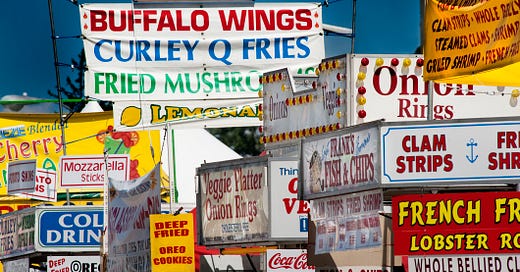During the month of August, I am devoting the newsletter to food. Butter cows, apples, and today, it’s the spicy pickle dawg. If you read this newsletter every week and forward it to your friends, consider becoming a paid subscriber. You will get access to the Flyover Politics Discord server, the Sunday links email, the Monday threads, and support orig…
© 2025 Lyz Lenz
Substack is the home for great culture



